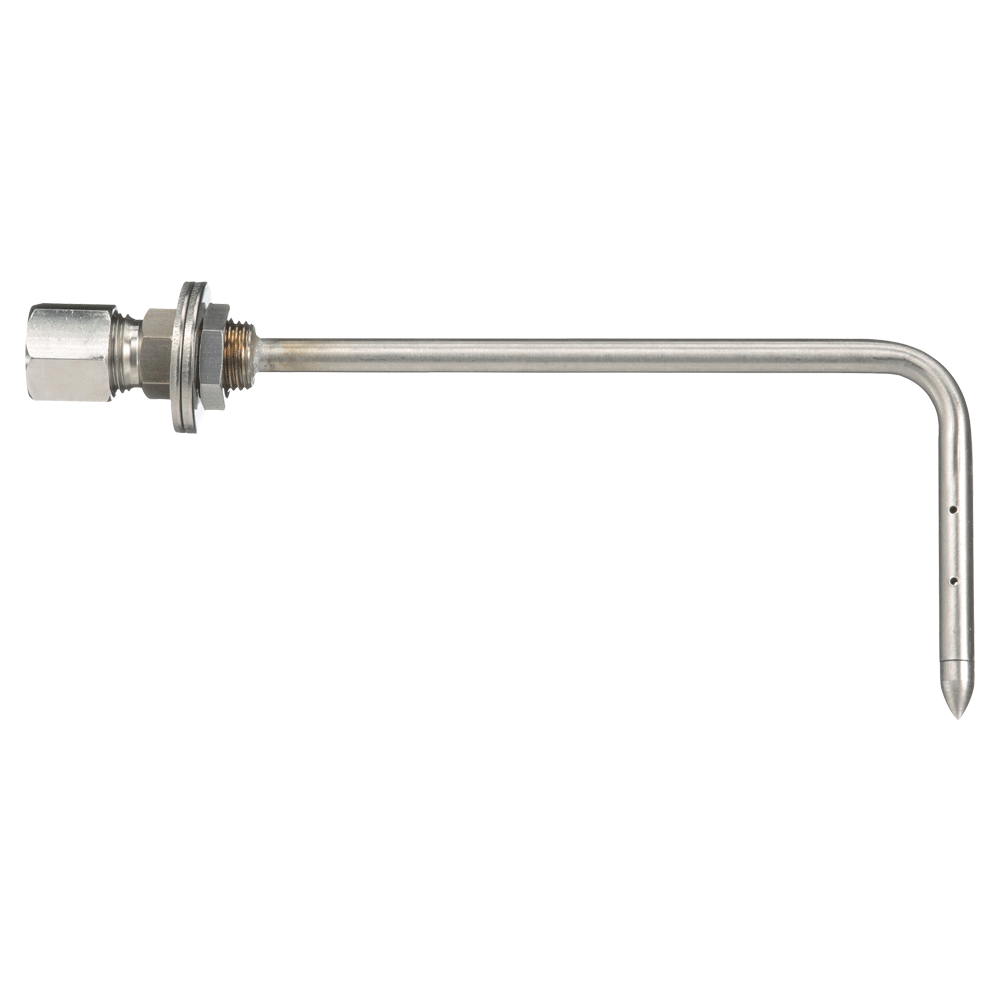I am sure this has been asked and answered but couldn't find what I needed. I have a pitot tube, and magnehelic guage I plan to install in the airflow of my DC. I have a GO440 2 HP collector which I bought new 2 years ago when they were closing them out (that is how long it is taking me to get to this point on my new shop).
Anyway, most of the posts I have read have to do with airflow measurements. I am not really interested in that, just want to establish a baseline with clean filters and monitor the pressure change to get a correlation on a dirty filter.
Wondering where the best location would be to install the pitot tube.
Thanks






 Reply With Quote
Reply With Quote






